Is Raintree cat’s claw safe for children?
by Stephen Harrod Buhner | Apr 14, 2010 | cat's claw, Children's Health News, Columns, dosage info, Healing Lyme, Herbs, japanese knotweed, Lyme & Co-Infections, teasel root, The Basics |
Dear Stephen,
Hello, My son who is 10 and daughter who is almost 8 have been treated for five years for lyme with antibiotics. I had taken them off a year ago and just put them on a low dosage of samento. Recently we switched to cumanda after running out of samento. My 10 year old’s symptoms seem to be returning. Ankle pain, knee pain, achilles pain. Is the cat’s claw from Raintree safe for children, and what would the dosage be for my son who weighs 76 pounds? Also, is that enough or should I add other herbs – he has a hard time swallowing pills.
Stephen’s response:
Yes, Rain-tree cat’s claw is safe. The dosage would be half the adult dose. I would highly suggest you use teasel tincture (15 drops 3x daily) for your son’s symptoms, that should clear them up. If not, add knotweed tincture (
woodlandessence.com), same dosage range as the teasel.
Stephen
-
Stephen Harrod Buhner was an Earth poet and an award-winning author of twenty-four books on nature, indigenous cultures, the environment, and herbal medicine including the acclaimed book Healing Lyme: Natural Healing & Prevention of Lyme Borreliosis & Its Co-infections.
Stephen came from a long line of healers including Leroy Burney, Surgeon General of the United States under Eisenhower and Kennedy, and Elizabeth Lusterheide, a midwife and herbalist who worked in rural Indiana in the early nineteenth century. The greatest influence on his work, however, was his great-grandfather C.G. Harrod who primarily used botanical medicines, also in rural Indiana, when he began his work as a physician in 1911.
Stephen’s work has appeared or been profiled in publications throughout North America and Europe including Common Boundary, Apotheosis, Shaman’s Drum, The New York Times, CNN, and Good Morning America. Stephen lectured yearly throughout the United States on herbal medicine, the sacredness of plants, the intelligence of Nature, and the states of mind necessary for successful habitation of Earth.
He was a tireless advocate for the reincorporation of the exploratory artist, independent scholar, amateur naturalist, and citizen scientist in American society – especially as a counterweight to the influence of corporate science and technology.
View all posts

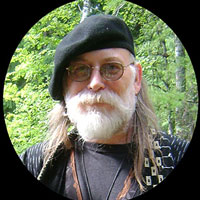



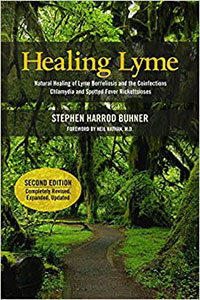
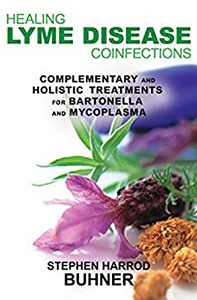
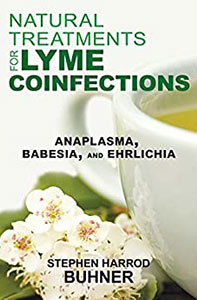
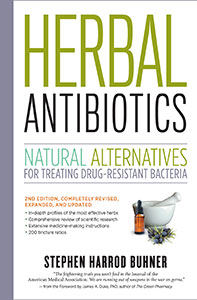
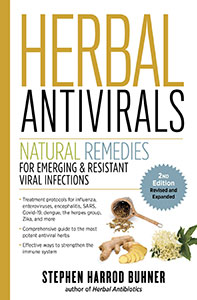



0 Comments